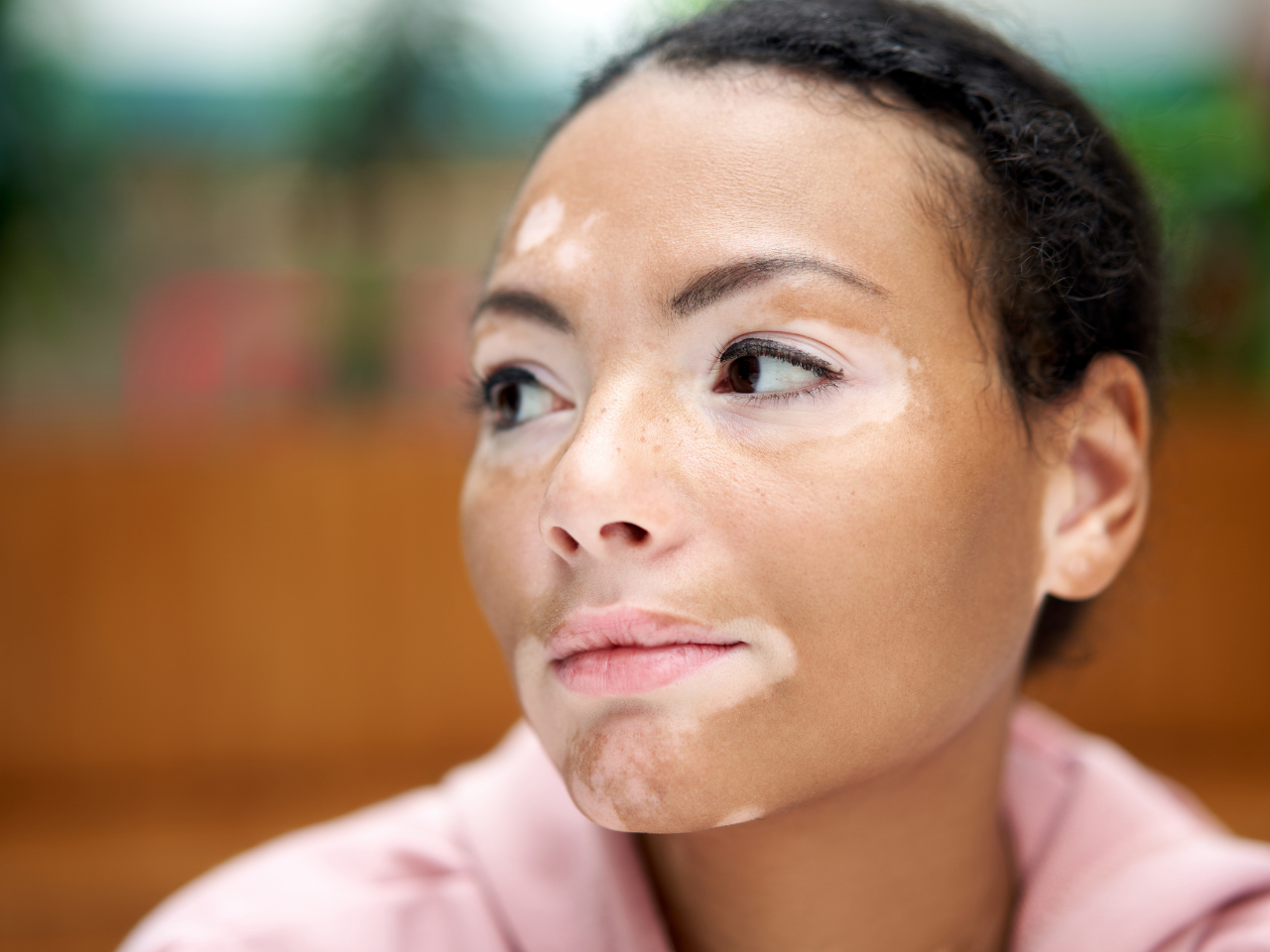9 Breakthrough Vitiligo Treatment Options: Restore Skin Confidence Naturally
- Home
- 9 Breakthrough Vitiligo Treatment Options: Restore Skin Confidence Naturally
Vitiligo is more than just a skin condition—it’s an emotional journey. If you’re dealing with white patches or loss of pigmentation, you’re not alone. With cutting-edge research and a growing suite of treatment options, there’s renewed hope for repigmentation and restored confidence.
This guide walks you through 9 breakthrough vitiligo treatments, explains how they work, and helps you choose the best path forward.
Understanding Vitiligo
Vitiligo is an autoimmune disorder where the immune system attacks melanocytes—the skin’s pigment cells—resulting in white patches There are two main types:
Non-segmental Vitiligo: symmetrical patches, most common (~90%)
Segmental Vitiligo: localized, often stabilizes within 6–12 months
Diagnosis is usually clinical, sometimes aided by a Wood’s lamp or lab tests
How Vitiligo Treatment Works: Two-Tiered Approach
Dermatologists focus on two core goals:
Suppress the immune attack on melanocytes
Stimulate repigmentation of affected skin
- Now, let’s dive into the specific treatments

9 Effective Treatment Options
1. Topical Medications (First-Line)
Corticosteroids & Calcineurin Inhibitors (e.g., tacrolimus, pimecrolimus) reduce inflammation and encourage repigmentation in small areas.
Used under medical supervision to avoid side effects.
2. Narrowband UVB Phototherapy (nbUVB)
Often performed 2–3 times a week, especially effective on face and neck.
Safer and better tolerated than PUVA.
3. PUVA Therapy (Psoralen + UVA)
Involves psoralen (taken or applied) plus UVA exposure to boost melanocyte sensitivity.
More effective on hands and legs but comes with higher risk and more side effects.
4. Excimer Laser Therapy
Delivers targeted UVB to small patches only, avoiding surrounding skin.
Ideal for localized vitiligo with faster results.
5. JAK Inhibitors
Topical Ruxolitinib (Opzelura) is FDA-approved for non-segmental vitiligo in patients 12+.
Oral JAK Inhibitors like ritlecitinib and baricitinib are under clinical trials and show promise.
6. Surgical Options
Includes skin grafting or melanocyte transplantation for stable, segmental vitiligo.
Can yield permanent repigmentation when managed by experienced specialists.
7. Microneedling with Growth Factors
Minimally invasive method that stimulates melanocyte activity.
Works best when combined with phototherapy.
8. Depigmentation Therapy
For patients with widespread vitiligo (>50% of body).
Uses depigmenting agents like monobenzone for a uniform tone.
Permanent and requires counseling.
9. Camouflage & Psychological Support
Use of makeup, self-tanners, and skin dyes for cosmetic blending.
Mental health support or counseling helps manage emotional impact.
Aftercare & Sun Protection
Apply sunscreen (SPF 30+) daily on depigmented areas.
Wear hats and protective clothing; avoid tanning beds.
Stick to gentle skincare; avoid trauma or harsh products.
FAQs
Can vitiligo be cured?
Topicals: several weeks to months
nbUVB: face/neck in ~1 month; limbs in 2–4 months
JAK inhibitors: initial results within weeks for some
Generally not. Some mild burning or irritation may occur.
Look for someone specializing in vitiligo with experience in phototherapy, surgical options, or advanced biologics.
Conclusion
Vitiligo can feel isolating—but advancements in treatment offer renewed hope. From traditional therapies like nbUVB and creams to pioneering JAK inhibitors and surgical innovations, there’s now a solution tailored for nearly every scenario.
At Subam Skin Clinic, we offer personalized vitiligo treatment plans—whether you prefer conventional therapies or advanced options like phototherapy and biologics. It’s time to restore your skin confidence—naturally and safely.
